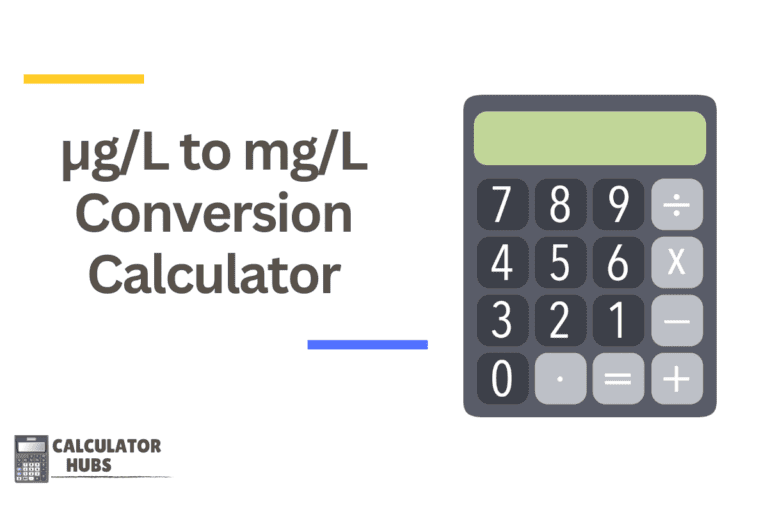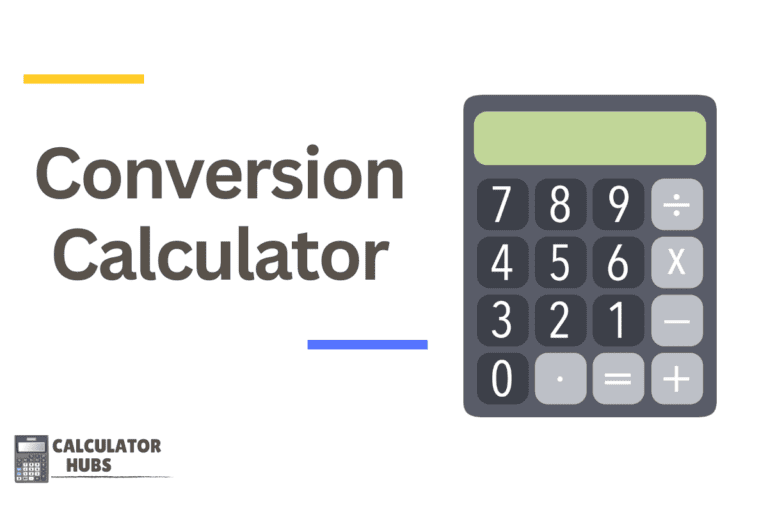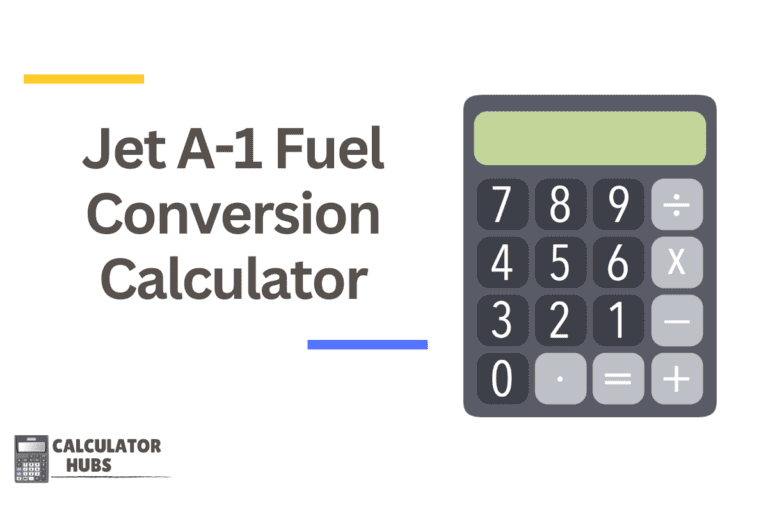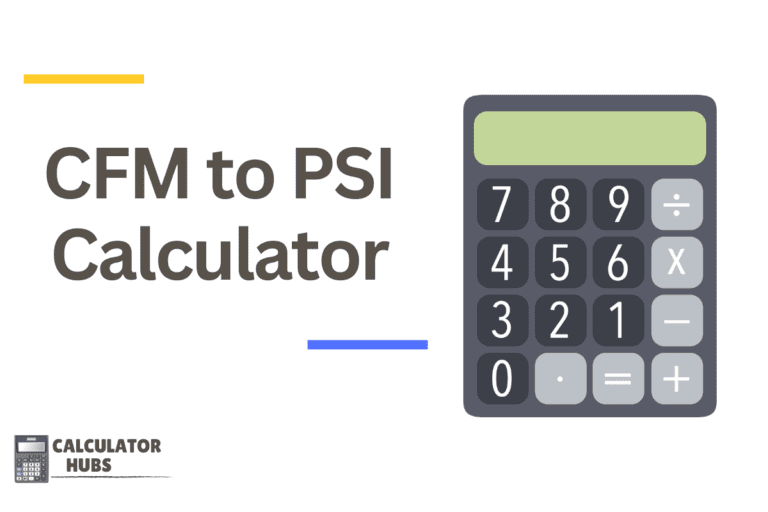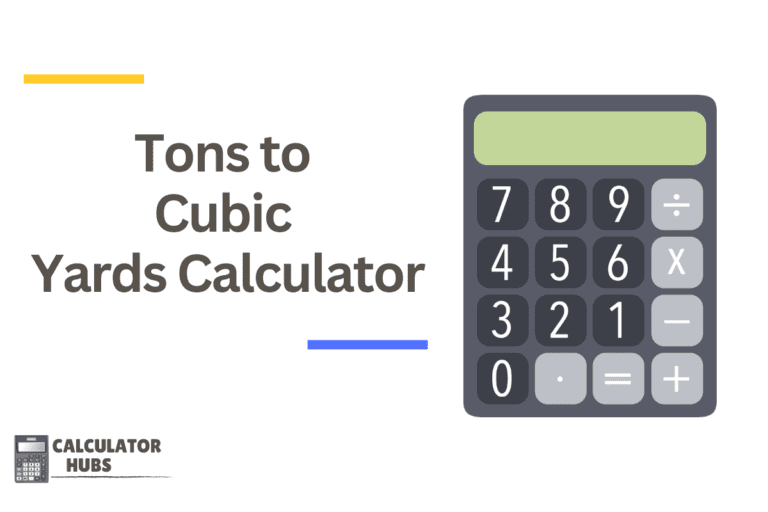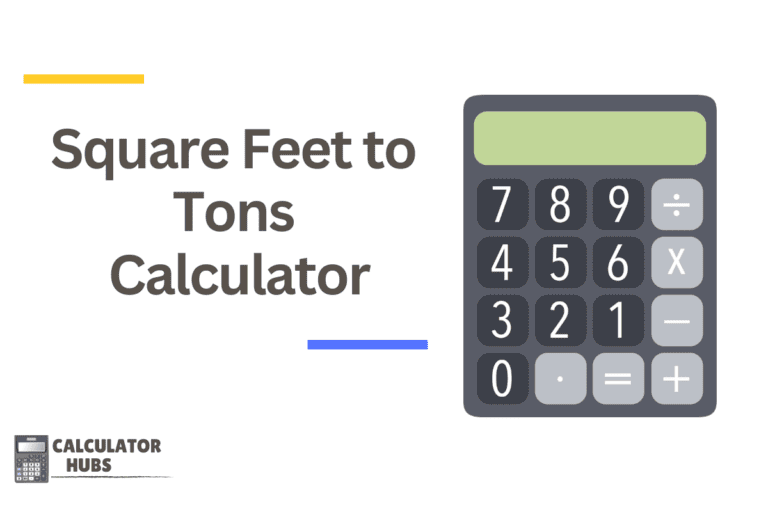PPM to Molarity Calculator
Molarity: 0.00 M
A PPM (parts per million) to Molarity Calculator is a vital tool in chemistry and various industries such as water treatment, environmental science, and pharmaceuticals. This calculator helps convert the concentration of a solute in a solution from ppm, which is a mass-based unit, to molarity, which is a mole-based unit. Understanding the conversion between these units is crucial for precise scientific measurements and processes.
How the PPM to Molarity Calculator Works
PPM, or parts per million, describes the amount of solute in terms of weight per million parts of solution. Molarity, on the other hand, measures the number of moles of solute per liter of solution. The calculator provides a way to convert these values based on the molecular weight of the solute.
Key Inputs:
- PPM (parts per million): The mass of the solute in milligrams per liter of solution.
- Molecular Weight of the Solute (g/mol): The mass of one mole of the solute, typically in grams per mole.
Calculation Formula:
The formula to convert ppm to molarity is:
Molarity (M) = (PPM × 0.001) / Molecular WeightThis formula takes the ppm value, converts it to grams per liter (since 1 ppm is equivalent to 1 mg/L), and then divides by the molecular weight to convert this mass into moles per liter.
General Terms and Definitions Table
| Term | Definition |
|---|---|
| PPM | Parts per million, a unit that measures the mass of a chemical or contaminate per unit volume of water. |
| Molarity | A measure of the concentration of a solute in a solution in terms of the amount of substance in moles per liter of solution. |
| Molecular Weight | The mass of one mole of a substance, usually specified in grams per mole. |
Example of Calculator Use
Scenario:
Calculate the molarity of a solution where the concentration of a solute is 500 ppm, and the molecular weight of the solute is 58.44 g/mol (sodium chloride).
Calculation:
- PPM: 500 ppm
- Molecular Weight of Solute: 58.44 g/mol
Using the formula:
Molarity (M) = (500 × 0.001) / 58.44 = 0.00856 MResult:
The molarity of the sodium chloride solution is 0.00856 M.
Most Common FAQs
1. Why is it important to convert PPM to Molarity?
Converting ppm to molarity is crucial for scientific accuracy, especially in fields like chemistry and biology, where reactions are often dependent on the molar concentration.
2. Can this calculator be used for any solute?
Yes, the calculator can be used for any solute as long as you know the ppm concentration and the molecular weight of the solute.
3. How do temperature and pressure affect these calculations?
While molarity itself does not directly consider temperature and pressure, these factors can affect the volume of the solvent and thus the final concentration.
4. Is there a difference between weight/volume ppm and volume/volume ppm?
Yes, ppm can be expressed as weight/volume (mg/L), which is common for aqueous solutions, or volume/volume, which is used for gases. The calculator is designed for weight/volume ppm.
5. What should I do if the ppm value is very high?
High ppm values might indicate a solution's concentration is beyond the usual range for ppm measurements. In such cases, molarity becomes a more practical unit, and careful recalibration may be necessary.
The PPM to Molarity Calculator is an indispensable resource for converting between these two commonly used units, enhancing precision in scientific studies and industrial applications where solute concentration plays a critical role.

